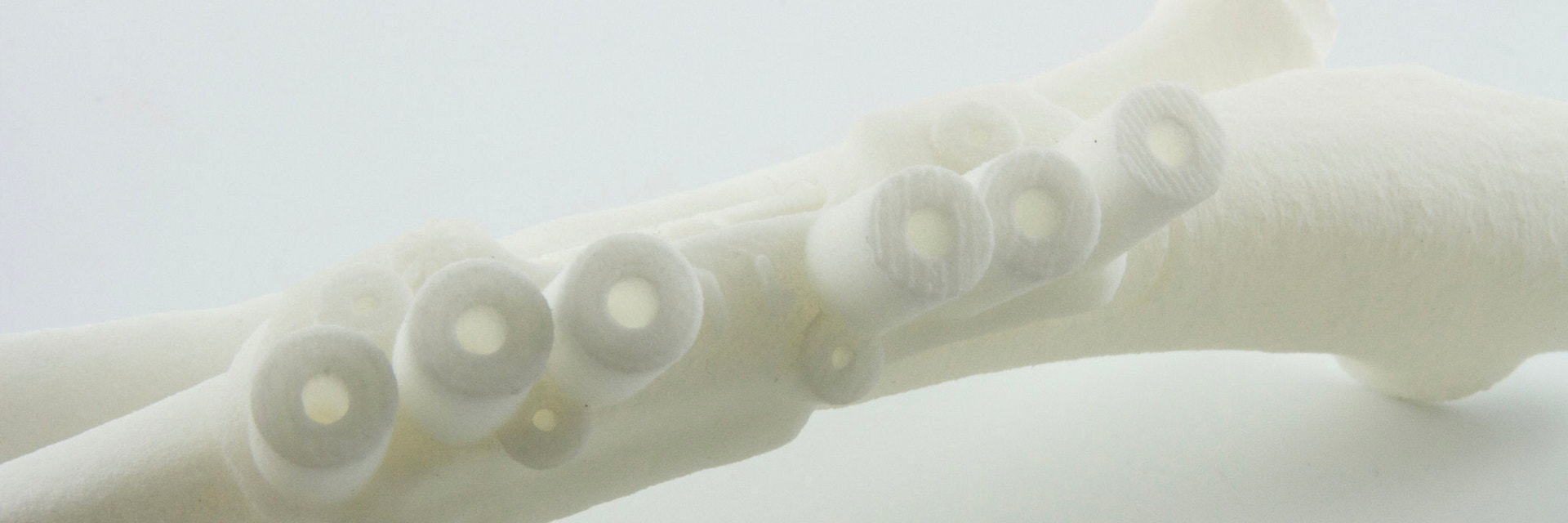CUSTOMER STORY
Helping a Ballerina Dance Again through Medical Innovation

Thousands of girls and boys around the world dream of dancing ballet professionally. Ballet is an extremely specialized form of dance that requires discipline and dedication, but sometimes dedication alone is not enough.
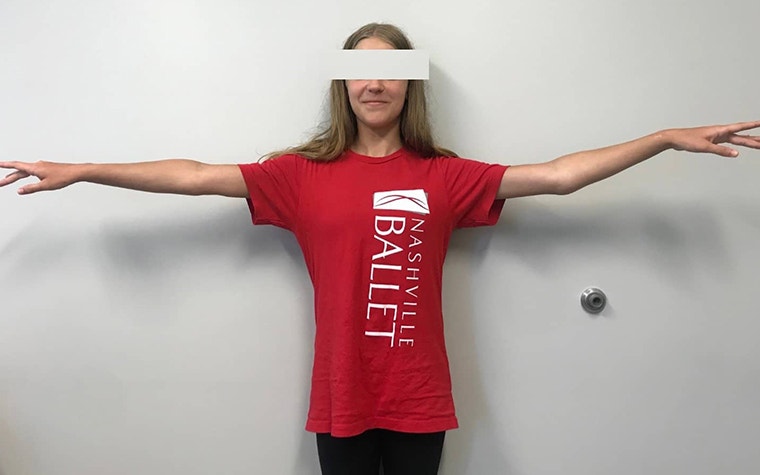

This is one of the many patient treatment stories that our clinical engineers have helped lead to success over the last 15 years.
Natalie, a 13-year-old girl from the United States, is one of many young aspiring dancers that felt connected to the art of ballet from an early age. She had the talent and determination to go through the rigorous training this art form demands and was on the path to a promising career.
Some months ago, a traumatic elbow injury put a question mark on her dream. Her instructors said that her career as a ballerina was over if the deformity couldn’t be corrected. Thankfully, Materialise has been continually working to make setbacks like Natalie’s only temporary.
3D planning for surgical success
Our role as a company that invests heavily in innovation is to make sure that we create technology to enable dreams to come true.
Our osteotomies service is a great example of how new technologies can help to improve patient outcomes. In our experience of planning almost 2,500 bone deformity corrections, we see that these surgeries can be extremely challenging for orthopaedic surgeons as adequate tools are often not available.
When Natalie first consulted with Dr. Thomas Dovan from Elite Sports Medicine + Orthopedics in Tennessee, USA, she was diagnosed with what is called a valgus deformity, which angled her forearm away from her body.
After the initial diagnostic X-ray, Dr. Dovan thought the issue was in her upper arm, and he had her scheduled for surgery to correct the humerus bone.
During a second consultation just before the surgery, Dr. Dovan decided to send the images of the injury to Ruben O’Hara-Plotnik, a Clinical Engineer at Materialise, so he could perform a 3D analysis of the injury.
When a request like this arrives at Materialise, the first step for our engineering team is to create 3D images from the original CT images using Materialise Mimics software. After this, a planning session is booked with the surgeon, where they discuss the next steps for surgical planning using the newly created visualization.
With the 3D images in hand, Ruben showed Dr. Dovan the extent of the deformity on the surgical side compared with the healthy side. After comparing both sides, it became clear that the deformation was not in the humerus, but rather the ulna was the bone to be corrected.
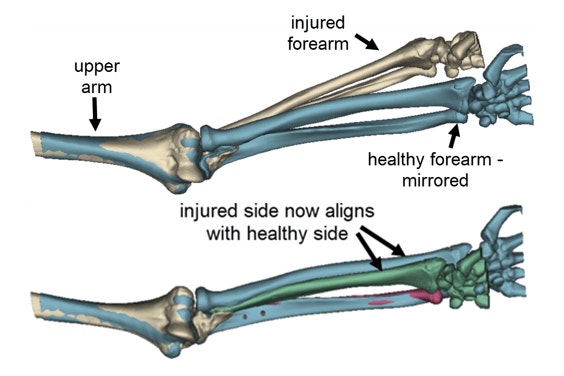

“One of the big advantages of these planning sessions is the possibility to compare the injured side with the contralateral, healthy side. Understanding this kind of bone deformity correction can be extremely challenging for surgeons having just a plain X-ray or even CT slices as the problem is three-dimensional. A 3D analysis makes the deformity crystal clear from any possible angle and forms the basis for the treatment plan,” says Ruben O’Hara-Plotnik.


During the planning session, Dr. Dovan was able to decide on all steps of the surgery, including the positioning of the metal plates he was going to use to correct the bone. He also opted to order our personalized guides for use intra-operatively, which are designed to fit the unique anatomy of the patient.
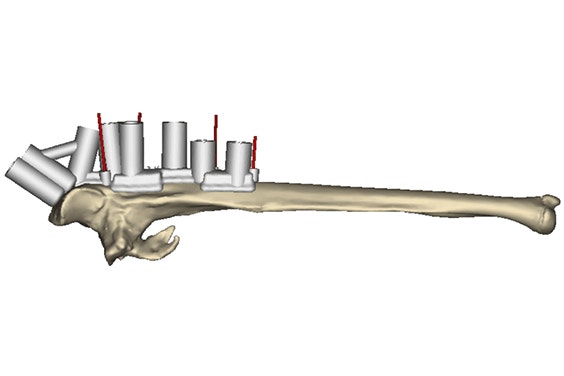

A personalized solution for renewed mobility
With a better understanding of the extent of the injury and a detailed plan in hand, Dr. Dovan was now ready for a surgery customized just for Natalie. During the surgery, Dr. Dovan positioned the guides onto the bone to guide the pre-drilling of the screw holes and the planned osteotomy cuts.
Cutting a bone freehand is an extremely difficult procedure that demands a lot of practice and expertise. Because 3D planning enables surgeons to make all important decisions beforehand, the use of the personalized guides allowed Dr. Dovan to precisely follow his preoperative plan and achieve an accurate correction.
“Using Materialise allowed us to dial in the correction perfectly. This type of correction would have been nearly impossible without Materialise. ”
— Dr. Thomas Dovan, Elite Sports Medicine + Orthopedics
The outcome for Natalie could not have been better: the surgery restored symmetry to her upper limbs, and she was able to fully recover her movements.


Speaking about the collaboration, Dr. Dovan said, “Using Materialise allowed us to dial in the correction perfectly. Without arm symmetry, she could not advance to be a professional ballerina. Now that her arm is straight, she is able to pursue her dream! This type of correction would have been nearly impossible without Materialise.”
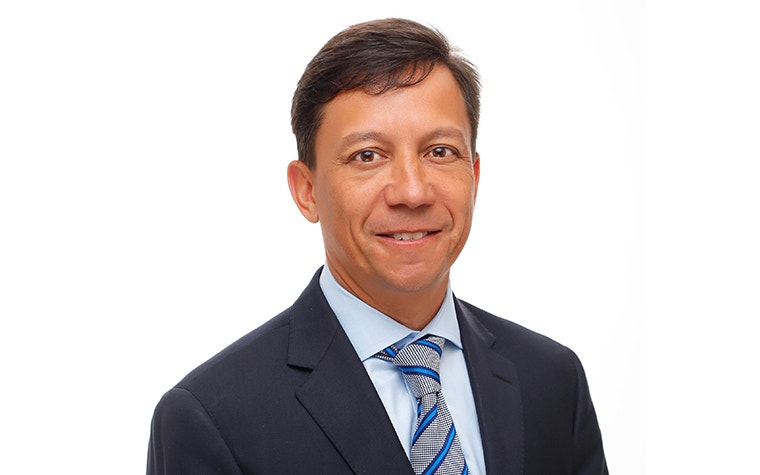

Now back to ballet, Natalie has been accepted into two of the top-three ballet summer intensive programs in the USA. With the path to becoming a professional ballerina back in sight, we wish Natalie the very best in her future career.
Empowering innovation to create a positive impact in people’s lives
Over the last 30 years, 3D technologies have opened new frontiers to push the boundaries of digital planning and device design.
Materialise Medical has pioneered many of the leading medical applications in surgical planning and 3D printing, enabling researchers, engineers, and clinicians to revolutionize personalized care.
A personalized treatment can assist surgeons at different stages in the treatment of complex limb problems, allowing digital and better visualization of pathology, 3D printing of anatomical models, virtual planning of surgical procedures, and the printing of personalized cutting guides. Our goal is to support surgeons to perform more predictable outcomes and achieve higher patient satisfaction. If you have a complex osteotomy case, don’t compromise, personalize. We would love to help you with a first free visualization.
L-101538-01
Share on:
You might also like
Never miss a story like this. Get curated content delivered straight to your inbox.
